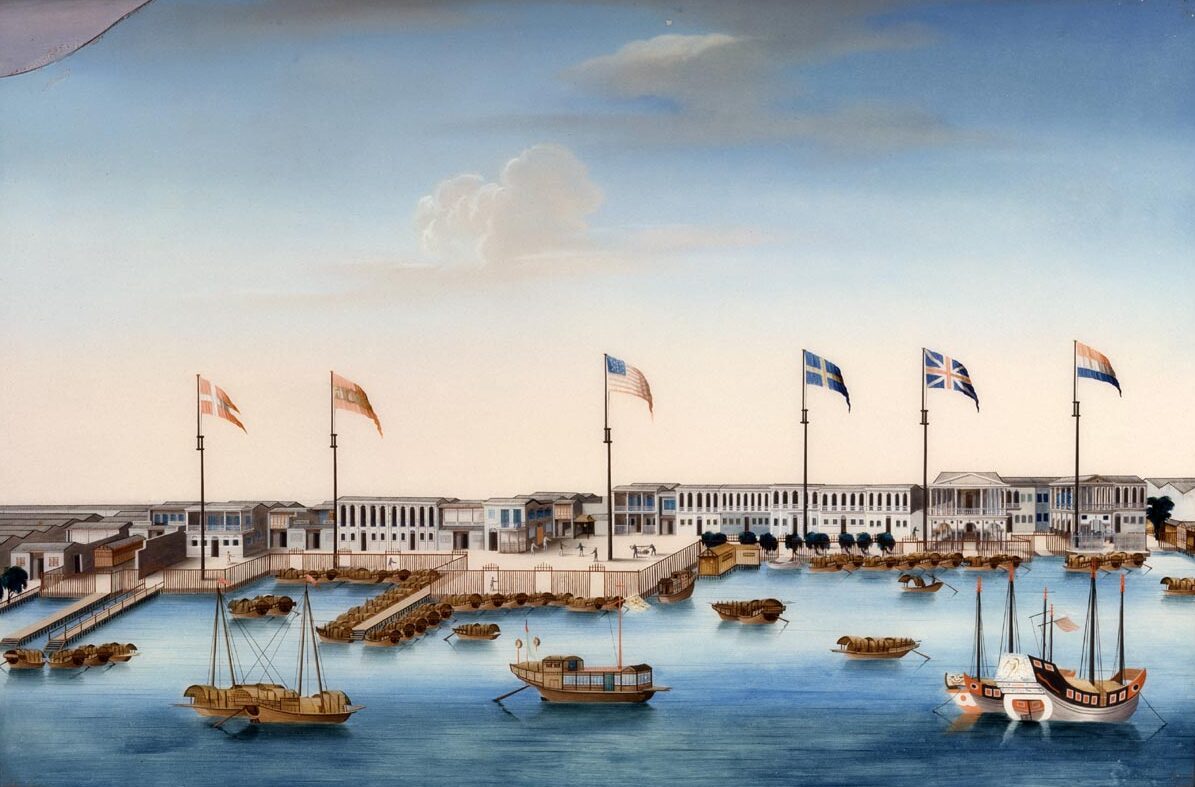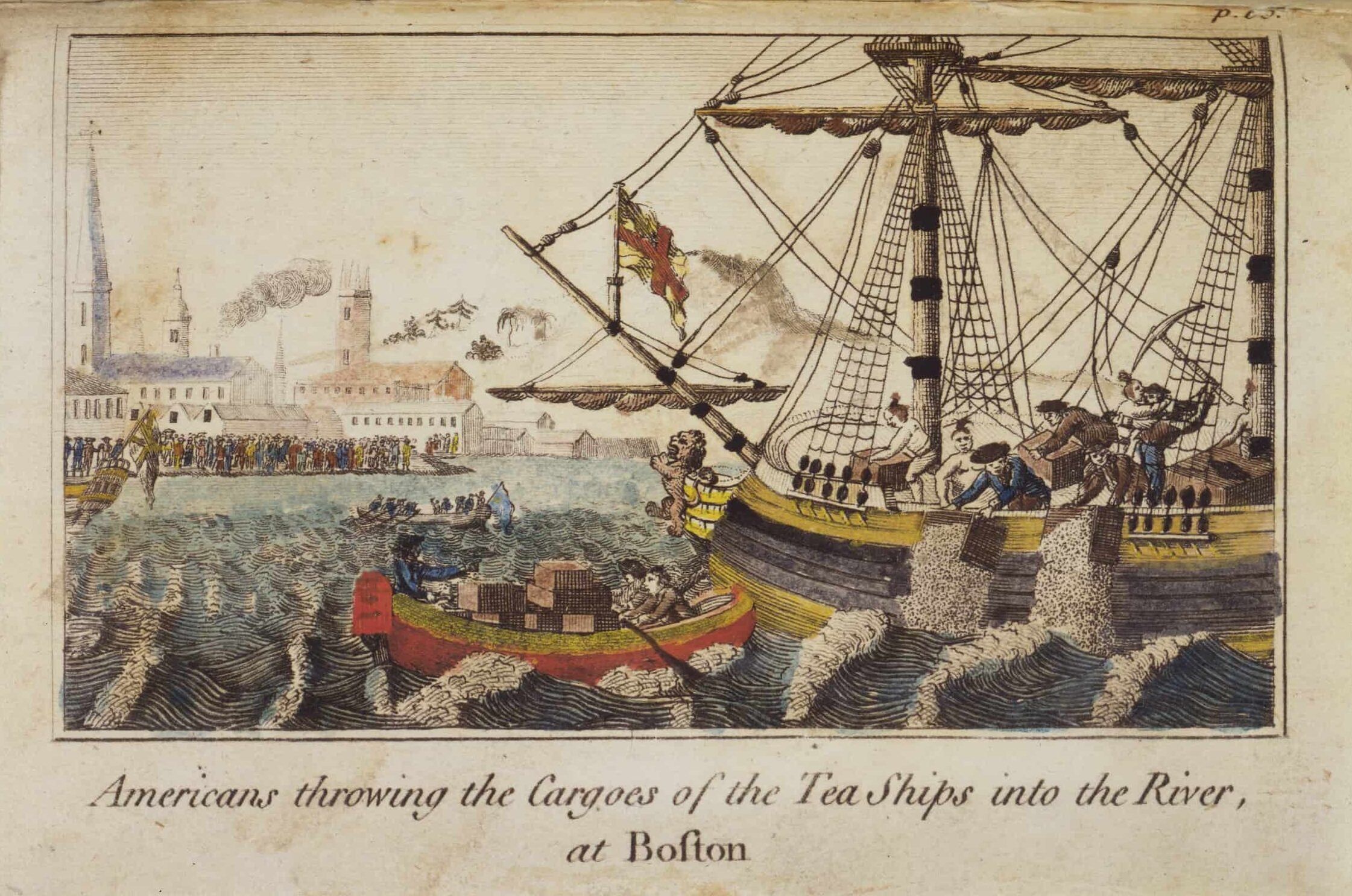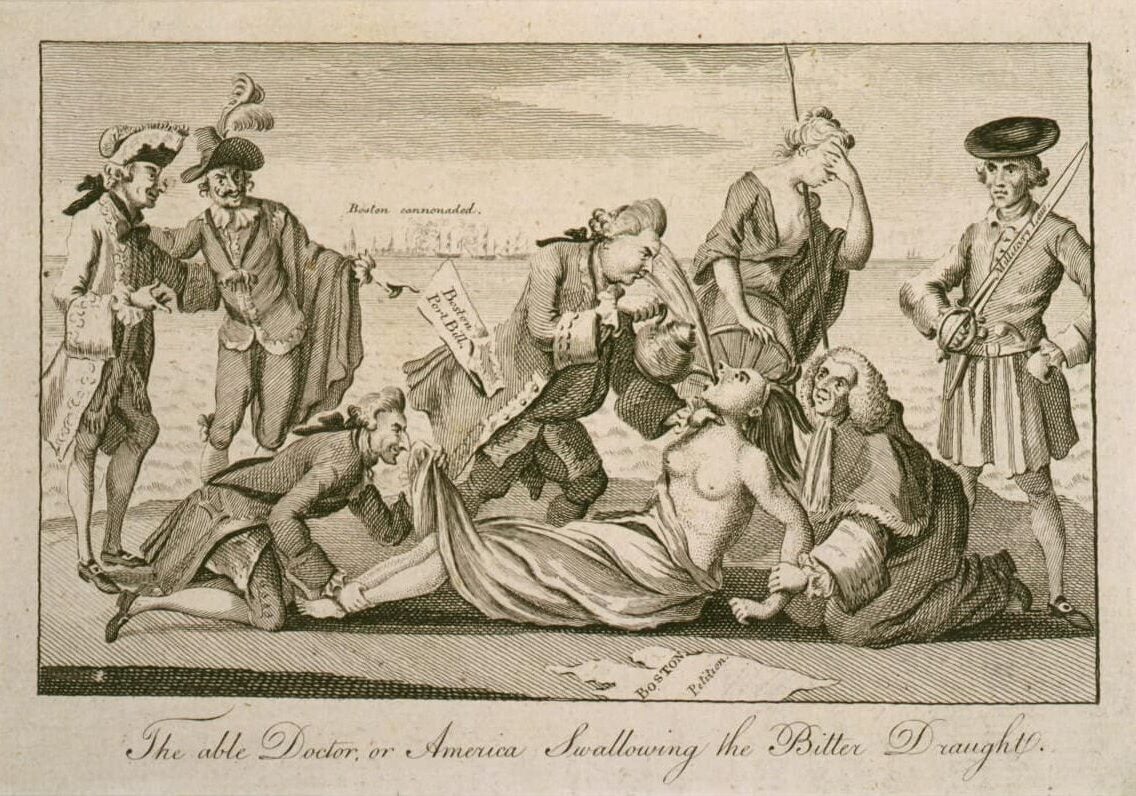Module 1: Overview
How have Chinese Americans shaped different parts of American history?
Chinese American history spans over 150 years. Immigrants from China were the first Asian groups to immigrate to the United States in large numbers, and they remain one of the largest Asian American ethnic groups today. With such an extended history, it should be no surprise that Chinese immigrants have shaped and transformed the United States.
Chinese people have contributed to the economic and political development of the United States, from aiding industrialization to participating in labor organizing, unions, and civil rights movements. Because most early immigrants from China settled in California and the West, the Chinese populations developed these areas by working as miners, farmers, loggers, fishers, and railroad builders. They also worked as domestic servants, launderers, cooks, and healers. They were essential laborers, but anti-Chinese racism and discriminatory policies affected their treatment and ability to move freely.
This module offers a brief overview of the long history of Chinese people in the United States. By learning about their lives, we can trace the fluctuating, often volatile relationship between China and the United States. For example, wartime alliances and divisions often affected immigration, employment opportunities, and everyday living conditions for Chinese Americans. This chapter also explores the experiences of Chinese communities at the individual, familial, and community level, as well as in legal and professional circumstances.
More to explore
How has labor shaped the way Chinese Americans are understood?
How do shifting relations between China and the United States affect how Chinese Americans are perceived in the US?
How have different generations of Chinese Americans navigated their identity?











